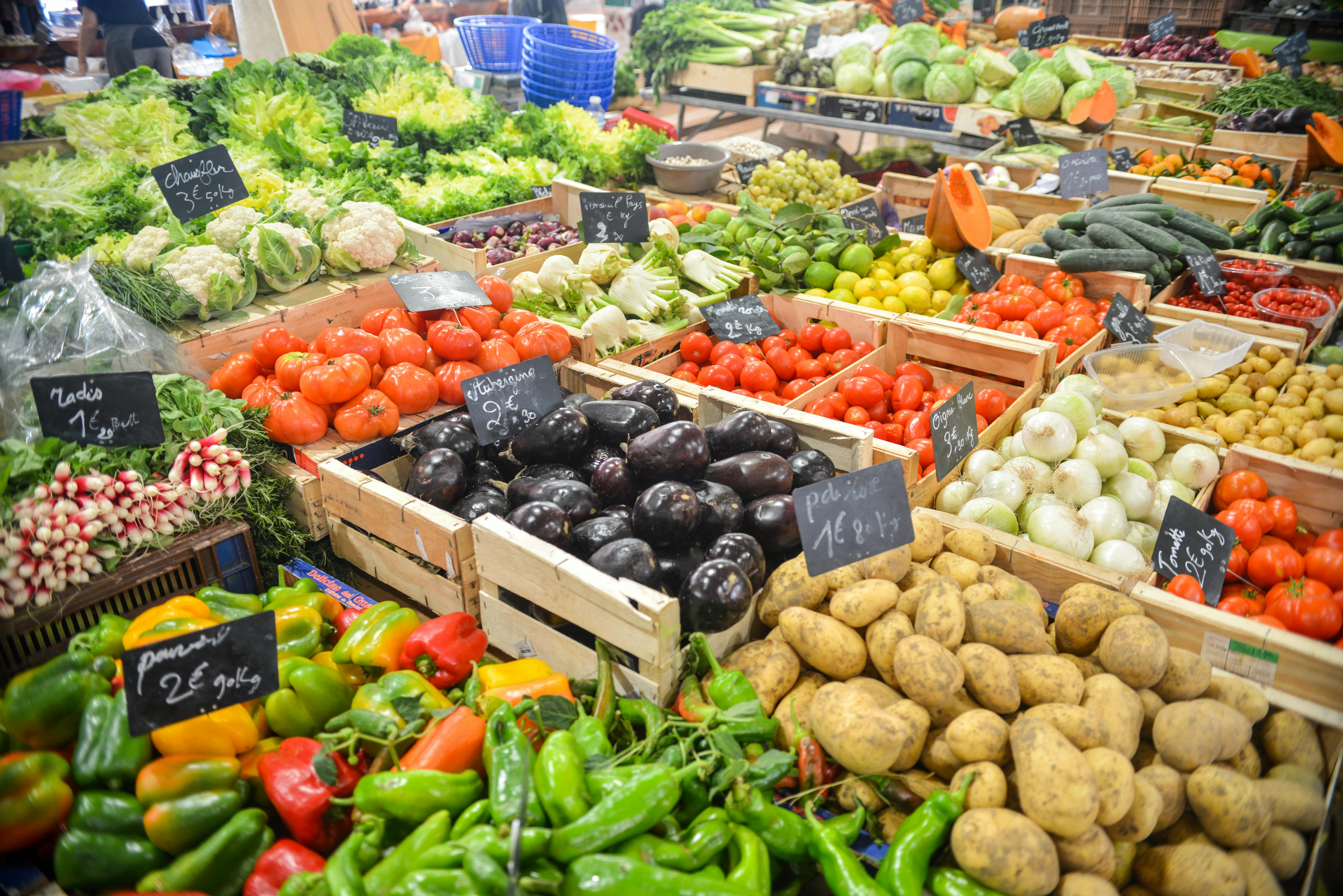You'll probably recognize this feeling: you are at a party and see all kinds of tasty snacks and drinks. You must do your best to keep you in. How do you resist the temptation of all those tasty snacks and get-togethers? In this article I give you some tips to deal with this temptation.
Dining out
You can also watch what you eat outside the door. But how do you do this? The trick is to make sensible choices in a restaurant. Do not take more than you would eat at home and choose consciously for the healthier products. To make it easier for you to make conscious and healthy choices, there are four important tips below.
- Check the menu: the food starts with a critical look at the menu. You can often do this online too. What are the choices that you can make? Cooked, grilled or stewed dishes are usually less caloric than fried or fried dishes . In cold red sauces such as ketchup, there are often fewer calories than in white sauces.
- Choose a limited number of courses: Perhaps you have already eaten enough after the main course and the ordered dessert still has to come. Do you have enough of 1 or 2 courses? Order the dessert only after the main course, if you still want it at least. You can also opt for a more extensive starter as a main course, or to omit the starter and / or dessert.
- Ask the possibilities for a small portion: a smaller portion is fine, if you do not skimp on the healthy products. Ask if they serve sauce or dressing separately. Then you have the opportunity to choose how much you put on your dish. You can also ask for an extra portion of vegetables.
- Choose low-calorie drinks: not just alcoholic drinks such as wine and beer contain a lot of calories. Also fruit drinks and soft drinks tick. Therefore choose water or light soft drinks.
What are healthy choices in a restaurant?
- Starter: (wholemeal) bread with a bit of tapenade, broth, a clear soup, vegetable salad or carpaccio.
- Main course: lean meat such as steak, turkey, fish or game with lots of vegetables and just as many potatoes, rice or pasta as you normally need.
- Dessert: fruit, fruit sorbet, coffee or tea.
Snacks
It is sometimes quite difficult to turn off all tasty snacks at a party. Below are some tips to make it easier to deal with.
- Take a good look at the snacks, what is actually all about? Try some of all kinds of treats, but do not eat too much of the same.
- If the tasty snacks are in front of you, it is all the more difficult not to keep striking. Help yourself by not moving close to the cheeses and chips. Has the serving dish with toasts or hot snacks been left on your table by accident? Share them around: you have your chat and you help the host.
- Choose a piece of cake and some snack vegetables or skip the piece of cake and give yourself some toasts and chips. Some people prefer not to hear a 'no' from you and still give you all food. Give in that case a reason why you do not want to eat that much today. 'No, I've eaten a lot today', or 'No, I've had a lot of cake lately, next time again' is probably easier accepted than 'No, thanks.'
- Do you want to eat something with as few calories as possible? Then go for slices of cucumber, cherry tomatoes, olives and carrots. Also Japanese mix (without peanuts) and salty sticks contain relatively few calories.
During a party or drink
A beer or wine on its time can be fine during a diet, but how do you keep it in check? Below are simple tips to keep it within bounds.
- Continuing to say 'no' to drinks or refreshments is not necessary. You can also join without flying out of the bend. Alternate alcoholic drinks with water and give yourself a bitter ball, but just let that scale go by. Talk to yourself in advance how much you plan to eat.
- What to do with the tasty appetite? You could get a bitter garnish and white bread with herb butter, but luckily most catering establishments offer healthier alternatives. If possible, opt for olives and crispy brown / wholegrain (stick) bread with tapenade.
- Do not hang on a drink for dinner, especially if you drink alcohol. The longer you stick, the greater the chance that you decide to take something easy (and unhealthy), or just to eat snacks. Or suggest around dinner time not to order a snack dish, but meal salads. So you can stretch the atmosphere and you have a healthy meal behind the choose.
Take your special moments
In addition, it is important to remember that you do not have to lose weight all year round to lose a certain weight after a year. Imagine: you come to the period around Christmas 3 kilos, but the rest of the year you lose 10 kilos. Then the net result is 7 kilos of weight loss . Some moments lend themselves better than other moments to lose weight.
For example, during Christmas there is a less smart time to lose weight. It is possible in theory, but this costs a lot more energy. So eat well and do not skip a hallway specifically. Unless of course you feel like it. It is important that if you feel guilt you do not pay too much attention to this. Leave them for what they are. Please note that you do not fall into the trap where you will label more and more moments as a special moment.




